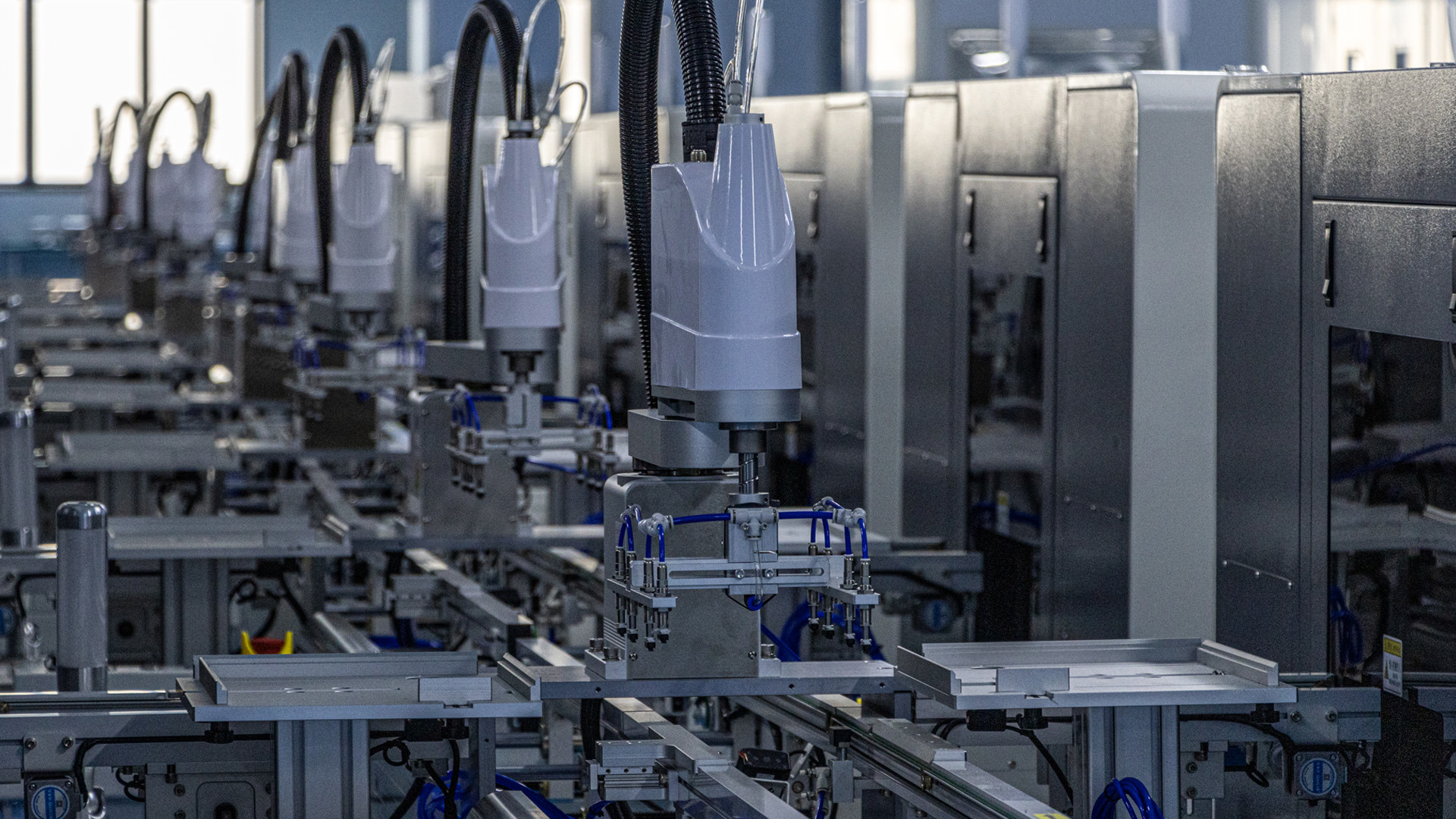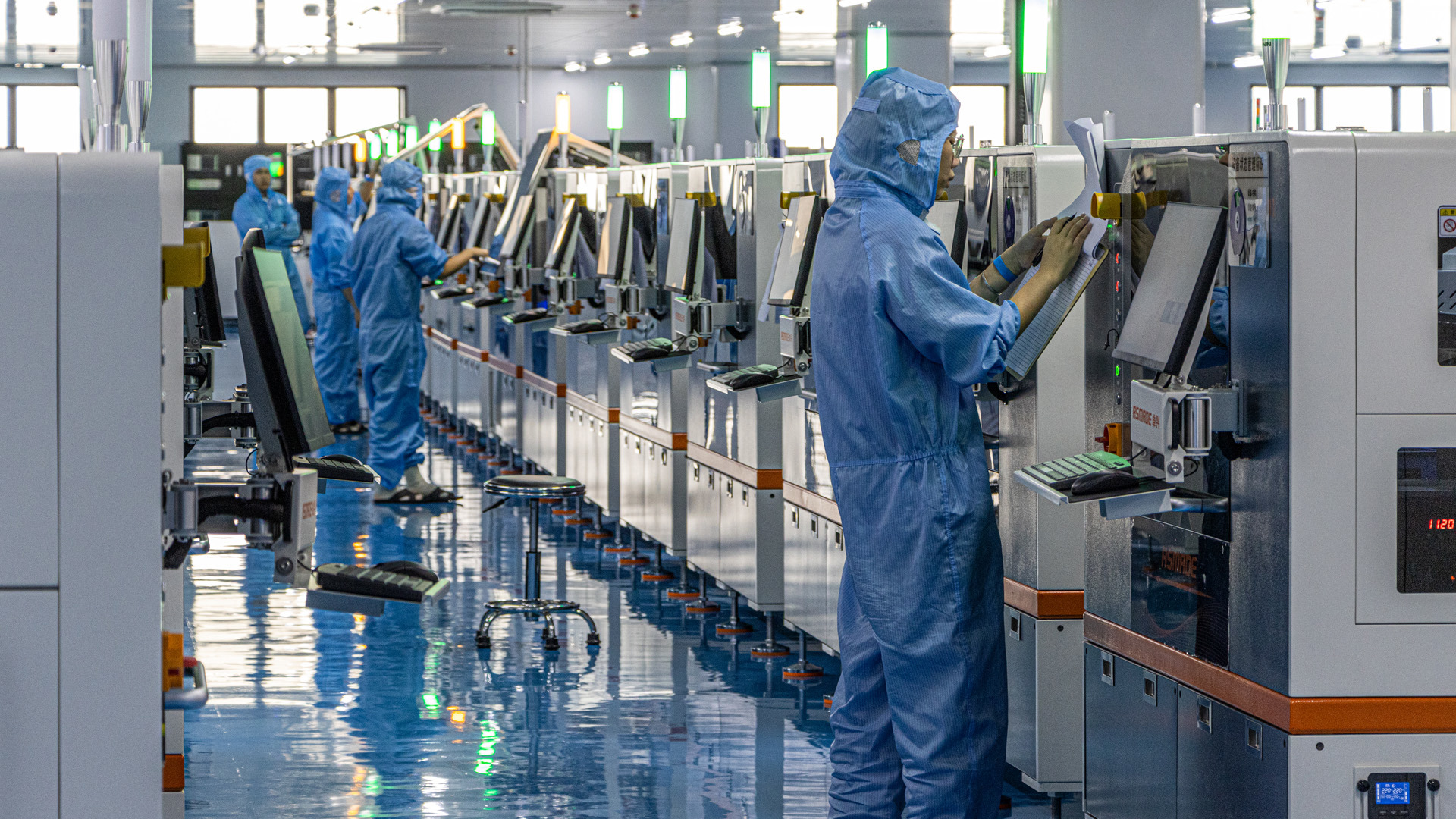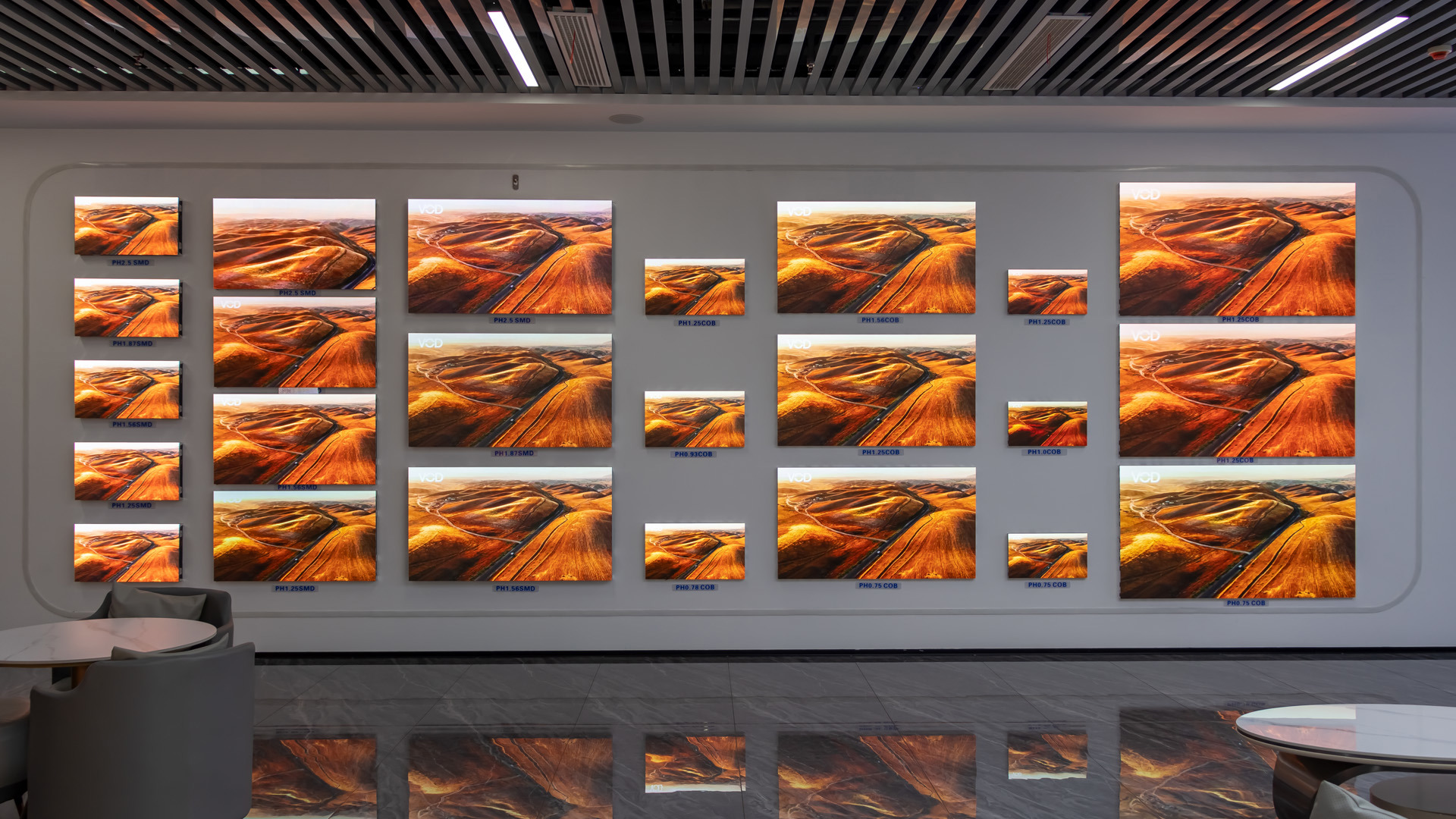In the LED industry, many brands outsource production to contract manufacturers or source from generic OEMs. On the surface, it can seem efficient — but in practice, it creates distance from the most critical part of the business: engineering. At LED Studio, we’ve chosen a different path. We own and operate our factory, giving us full control over how our products are designed, built, and continuously improved. That control directly translates into performance, reliability, and ultimately, the visual experience our customers see.

LED displays are a visual medium, and that truth guides everything we engineer. When electricity enters a display, it has only two options for how it’s expressed: as light or heat. The goal of any well-engineered product should be to maximise the conversion of that electrical energy into light, while minimising what’s lost as heat. It’s a simple principle, but it’s one that reveals a lot about quality. If you feel like you’re getting a sun tan standing in front of an LED wall, that tells you something about the engineering behind it. Excessive heat is energy wasted — and wasted energy means inefficiency, reduced lifespan, and compromised performance.
Because we control our own factory, we design every product around that efficiency principle. Our engineering teams specify component selection, power design, and thermal management systems directly — they don’t hand off drawings to an anonymous factory. When we see an opportunity to improve power delivery, optimise heat dissipation, or reduce load on individual components, we can make those changes immediately. That agility allows us to iterate faster and deliver smarter, more efficient designs generation after generation.

Contract manufacturers can’t offer that level of responsiveness. Their focus is on throughput and cost per unit, not incremental refinement. Once a product is in production, updates require layers of approval and long lead times. For us, those barriers don’t exist. Our engineers, production teams, and quality control staff collaborate daily to evaluate performance data and feed improvements directly back into the manufacturing process.
This ownership model also changes how we think about serviceability and lifecycle management. Because we design and build our products from the ground up, we know every component’s origin, function, and relationship within the system. That insight makes field service straightforward — replacements are available, compatible, and designed with long-term support in mind. It also informs our end-of-life strategy, ensuring that product transitions are planned rather than abrupt. Our customers can upgrade, not restart.
Ultimately, owning our factory isn’t about controlling production for its own sake — it’s about ensuring that every watt of power produces the best visual result possible.
Good engineering makes great visuals. And by keeping that process entirely under our roof, we turn energy into light, not compromise.
